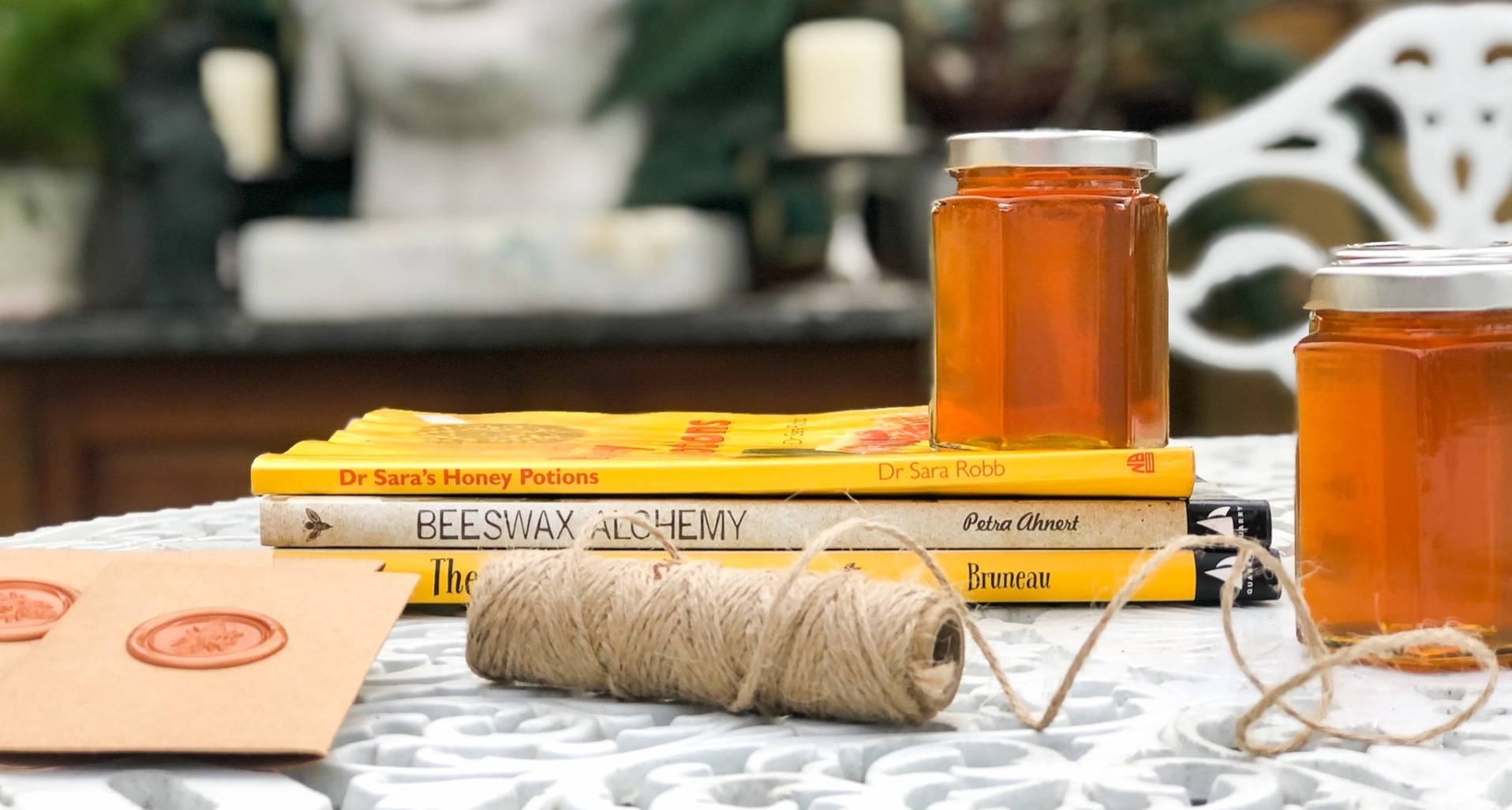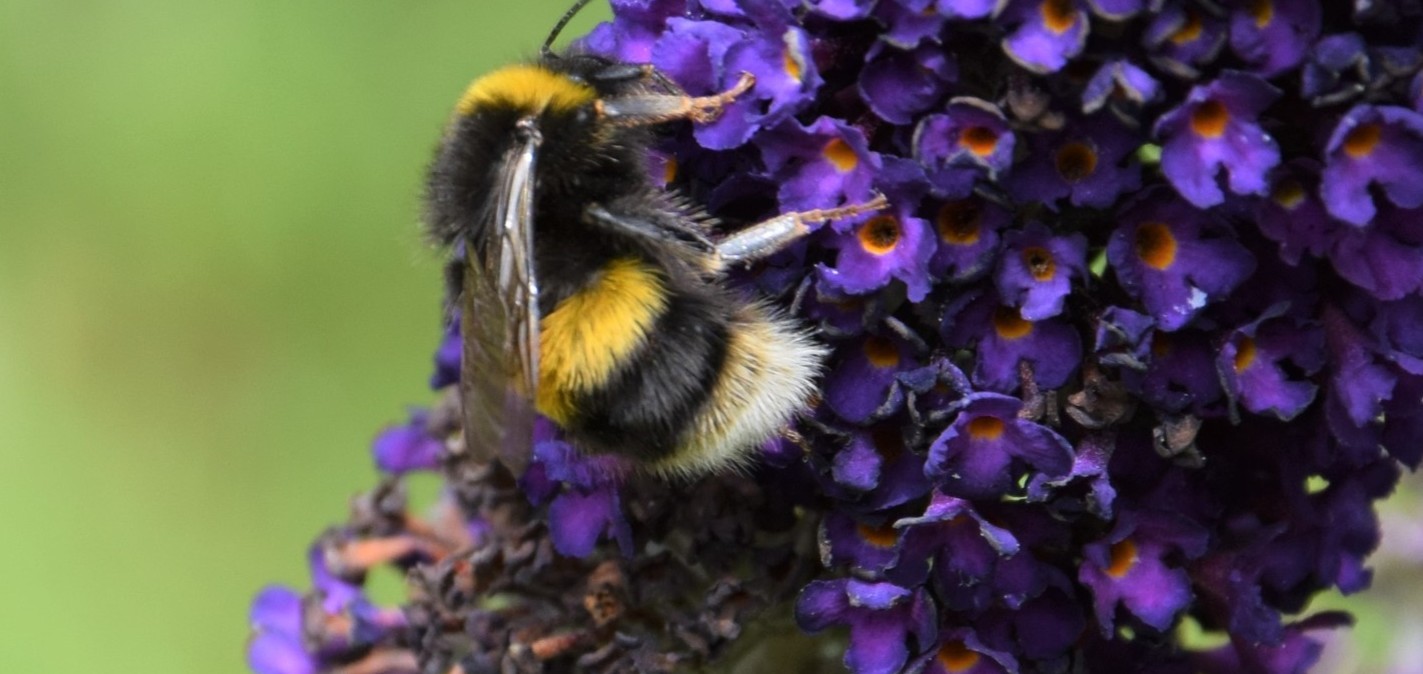10 interesting facts about Bees
Posted on 1st March 2024 at 16:38
Here at Oakdale we look after Buckfast Honey Bees however honey bees are just one type of over 270 species of Bees that have been recorded in Great Britain.
Bees have successfully been trained to respond to over 60 different smells including illegal drugs, explosives and human illnesses. Scientists are investigating the use of ‘sniffer bees’, and bees have correctly detected diabetes, cancers and pregnancy.
Different species of solitary bee use different nesting sites and materials. The blue carpenter bee makes its nest in bramble stems, and there are three species of mason bee in the UK that nest in snail shells. Wool carder bees harvest wool-like fibres from hairy plants such as lamb’s-ear, great mullein and yarrow to make their nests.
A bumblebee with a full stomach is only ever 40 minutes away from starvation. If you come across a bumblebee that seems to be struggling, the best thing to do is gently put the bee onto a bee-friendly flower. But if there are none around, make a 50/50 solution of white sugar and water to give the bumblebee an energy boost. Offer a drop or two of sugar water on a teaspoon in a sheltered place and allow the bee time to recover. Or try cutting a Grape in half.
The relationship between humans and bees has a long history. An 8,000-year-old rock painting at Arana Cave near Valencia, Spain, shows a person climbing a ladder to gather honey from a hive on a cliff face. The ancient Celts believed that bees formed a connection between the spirit and human worlds. Supposedly, information could be given to bees, who would pass it on to the departed. Chaucer was one of the first to use the phrase ‘busy as bees’ in the 14th century.
Bees will fly up to 5 miles looking for food and can reach a top speed of 15-20mph. They use the sun to navigate. A kilo of honey might contain nectar from 4 million flowers.
Since 1900, the UK has lost 13 species of bee and a further 35 are considered under threat of extinction due to changes in land use, habitat loss, disease, pesticides, farming practices, pollution, invasive non-native plant and animal species, and climate change. Solitary bees carry out the majority of pollination in the UK.
Bumblebees make nests in surprising places including in old mouse holes, rolls of carpet and compost heaps. But don’t worry, nests are non-damaging and only used for one season. There are 200-500 bumblebees in a nest at its peak! Tree bumblebees have arrived in the UK in the last 20 years and surprise people by making their nests in birdboxes! If you do find one of these nests, leave it alone.
Bumblebees and honey bees collect pollen to take back to the hive in pollen baskets on their back legs while solitary bees, like this leafcutter bee, have specialised hairs called scopa on their legs and undersides to do the job. Many bee species specialise in collecting from only one family of plants.
Honey bees do a ‘waggle dance’ inside the hive to communicate where a good flower patch is located to their nestmates. They communicate both distance and direction in relation to the sun. The dancing bee also smells of the flower patch, and gives the others a taste of the nectar she gathered – smell and taste also help the bees find the right location.
Over 270 species of bee have been recorded in Great Britain living in a surprising variety of habitats including marshes, sand dunes, heathlands, wetlands, chalk grasslands, quarries, sea walls and even post-industrial land. Of these 270 species, only one is a honey bee – there are 25 species of bumblebees and all the others are solitary bees.
We encourage everyone to read and understand more about these amazing friends.
Source https://www.bbowt.org.uk
This content will only be shown when viewing the full post. Click on this text to edit it.
Share this post:



